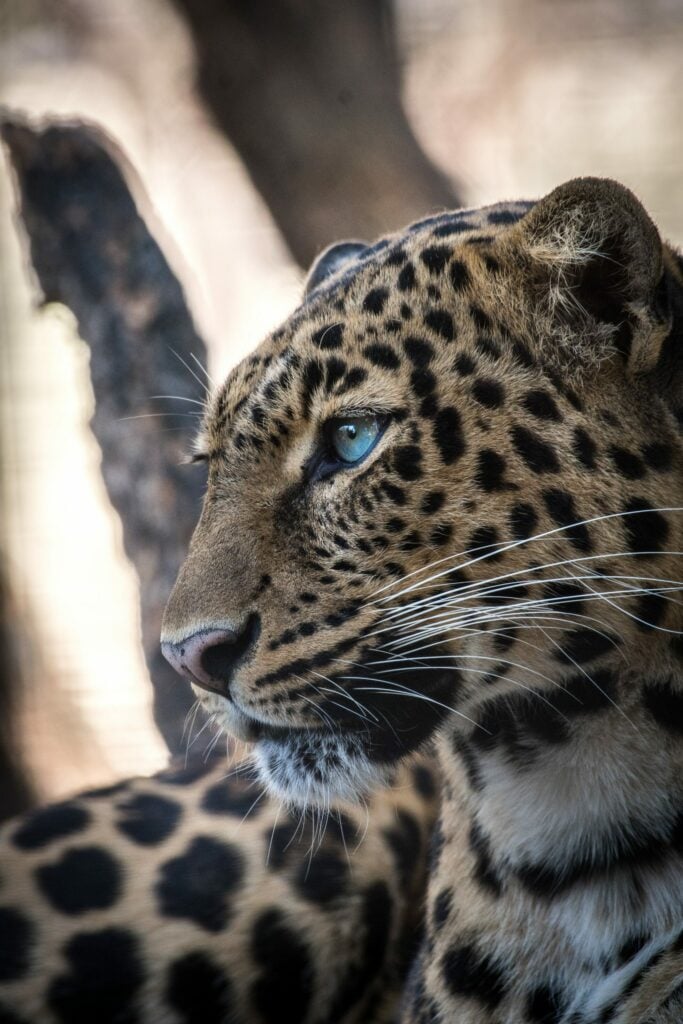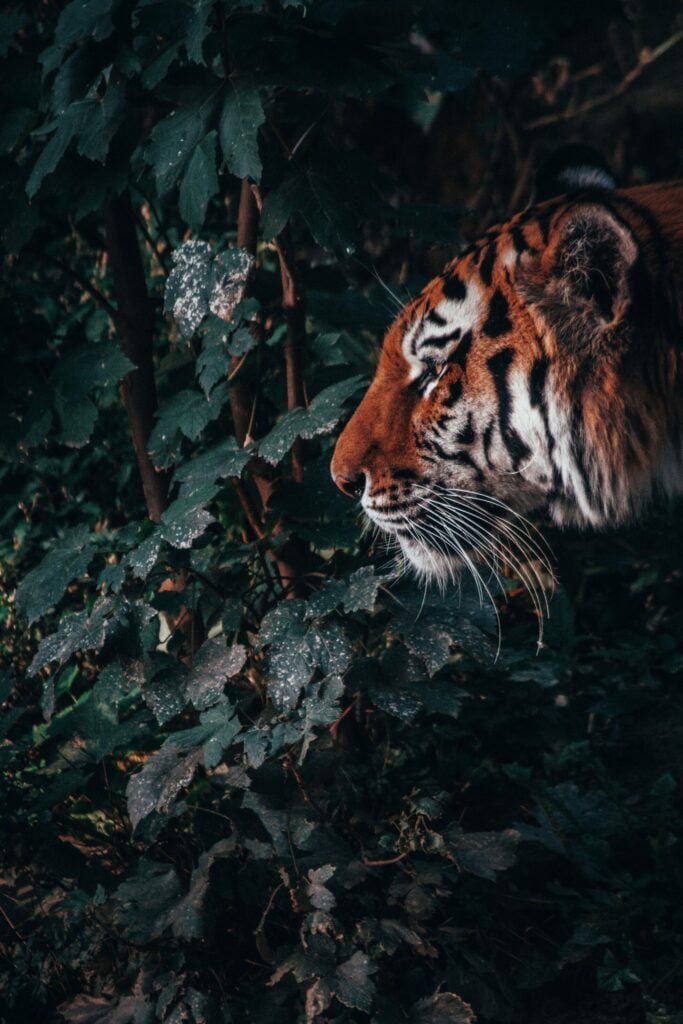Discover Raja Ampat, Indonesia's diving paradise in the Coral Triangle. Explore rich marine life, pristine waters and unique dive sites like Misool and Cape Kri.
GVI
Posted: July 10, 2024

GVI
Posted: February 23, 2023
Throughout history, wild cats have been feared and revered as some of nature’s most powerful and majestic creatures. From the ferocious lions of the African savannah to the sleek jaguars of the Amazon rainforest, wild cats are found in many different regions of the world. While most wild cats are not particularly dangerous to humans, some have earned a reputation for being deadly predators. In this article, we will explore seven of the most dangerous wild cats in the world.
The world’s wild cats vary greatly in size and strength. Some are small and agile hunters that can climb trees swiftly and chase down their prey. Others are large and powerfully built cats that can take down animals larger than themselves. All wild cats, however, share similar traits of being opportunistic predators that are not to be taken lightly.
Wild cats can hide in ambush and use their sharp claws, powerful teeth, and unparalleled speed to take down their prey quickly and efficiently. For some of the world’s larger cats, it is their sheer size and strength that makes them particularly dangerous. For humans, coming into contact with even the most “docile” species of wild cats such as tigers or lions could prove to be fatal.
Wild cats are also incredibly intelligent and can quickly adapt to their environment. They are able to recognise potential threats and react accordingly, making them even more dangerous. Furthermore, wild cats are incredibly territorial and will defend their territory fiercely. This means that if a human were to enter a wild cat’s territory, they could be in serious danger.
The African lion is one of the most iconic animals in the world and is undoubtedly the king of the jungle. Lions are large, powerful cats that can reach lengths of up to 3.3 metres and weigh up to 220 kilograms. They use their immense size and strength to take down large prey such as zebras, wildebeest, and even elephants in some cases. Lions also work together in prides, which means they can bring down even larger prey by working as a team.
Lions are also fierce predators of humans and have been known to attack people if provoked or threatened. It is always best to give lions a wide berth should you ever encounter one in the wild.
Found primarily throughout India and Bangladesh, the Bengal tiger is a fearsome predator that can easily take down large animals such as deer and buffalo. The Bengal tiger is known for its beautiful orange-striped coat and muscular physique. Bengal tigers can reach lengths of up to 2.7 metres and tip the scales at close to 220 kilograms.
Bengal tigers have been known to attack humans on occasion, though they are more likely to avoid contact with people unless provoked or threatened. It is best to view them from a safe distance if encountered in the wild.


The leopard is one of the most widely dispersed large cats in the world, found across Africa, India, parts of Asia, and the southern half of Europe. They are well-known for their ability to climb trees with ease and stalk their prey with astounding agility.
Leopards can weigh up to 90 kilograms and are capable of taking down large animals such as antelopes and wild boars. Leopards will also attack humans on rare occasions if threatened or cornered.
The cougar is a large cat found throughout North and South America. Unlike other cats from this list, the cougar does not live in groups and is a mostly solitary hunter.
Cougars can reach lengths of up to 2.4 metres, with males typically weighing around 135 kilograms. Cougars are often known as silent stalkers because of their stealthy hunting techniques. They usually hunt smaller animals such as deer and rodents but will also attack humans if they perceive them as a threat.
The cheetah is a medium-sized cat found throughout Africa and the Middle East, though their numbers have begun to sharply decline due to hunting and habitat destruction.
Cheetahs are renowned for their incredible speed, reaching speeds of up to 120 kilometres per hour when chasing after prey. While cheetahs rarely attack humans, they are still capable predators that should be given a wide berth.
Found high in the mountain ranges of Central Asia, the snow leopard is one of nature’s most elusive large cats. They have thick coats that can blend into the snow-covered rocks, making them hard to spot even for experienced watchers. Snow leopards can reach lengths of up to 8 feet and weigh up to 200 pounds.
Snow leopards usually hunt smaller prey such as sheep and goats but will also attack larger animals like yaks if they find themselves hungry enough. While snow leopards rarely attack humans, they are still powerful predators that should be observed from a safe distance.
The Eurasian lynx is another formidable cat primarily found throughout Northern Europe and Asia. They are medium-sized cats that typically reach lengths of up to 1.5 metres and weigh up to 34 kilograms.
The Eurasian lynx is an effective hunter that specializes in taking down small animals such as rabbits, hares, and foxes. Though there have been reports of lynx attacking humans, these attacks are rare and typically occur when people try to capture or harass the cat.
Found primarily in Indonesia’s mountains on the island of Java, the Javan tiger is one of the world’s most endangered large cats. Javan tigers typically reach lengths of up to 2 metres and can weigh well over 90 kilograms.
Javan tigers are formidable hunters that prey on small mammals such as monkeys, deer, pigs, and even an occasional water buffalo. Given their rarity, Javan tigers pose virtually no threat to humans today.
Want to learn more about the conservation of big cats in the wild? GVI runs volunteer and internship programs in South Africa with a focus on big cat conservation. Collaborating with experienced conservationists, participants can gather crucial data on behaviour and movement patterns while simultaneously developing conservation strategies to address the challenges of habitat loss, poaching, and human-wildlife conflict. The ultimate goal of the program is to promote the preservation of big cat populations while fostering a culture of conservation within local communities. Join GVI to make a valuable contribution to this critical conservation effort.
This article has highlighted some of nature’s most impressive predators – large cats found across numerous regions throughout the world. Wild cats should never be taken lightly as they can be highly dangerous if provoked or threatened

Discover Raja Ampat, Indonesia's diving paradise in the Coral Triangle. Explore rich marine life, pristine waters and unique dive sites like Misool and Cape Kri.
GVI
Posted: July 10, 2024